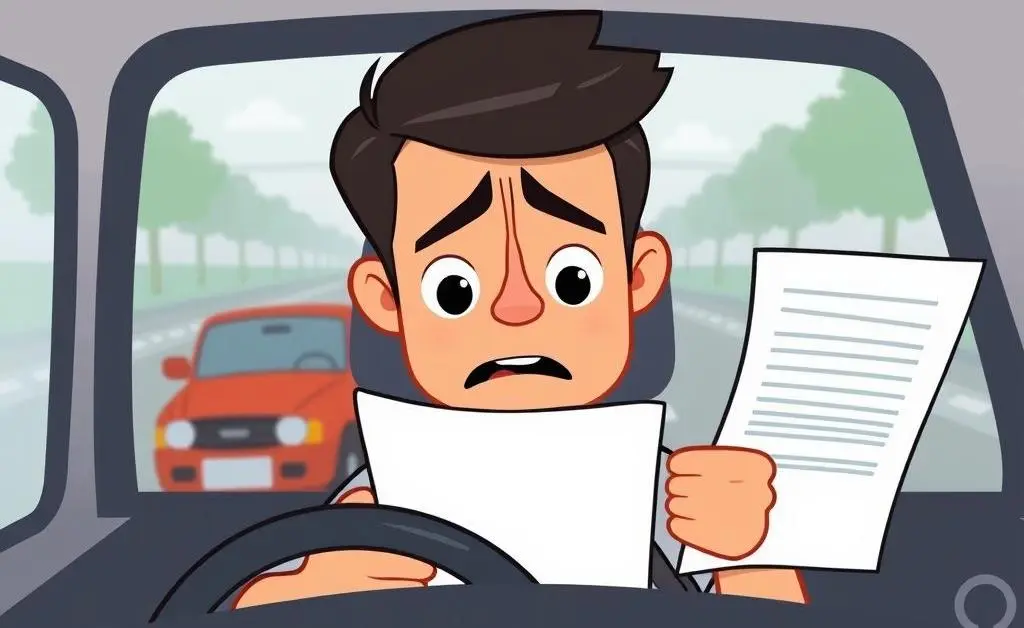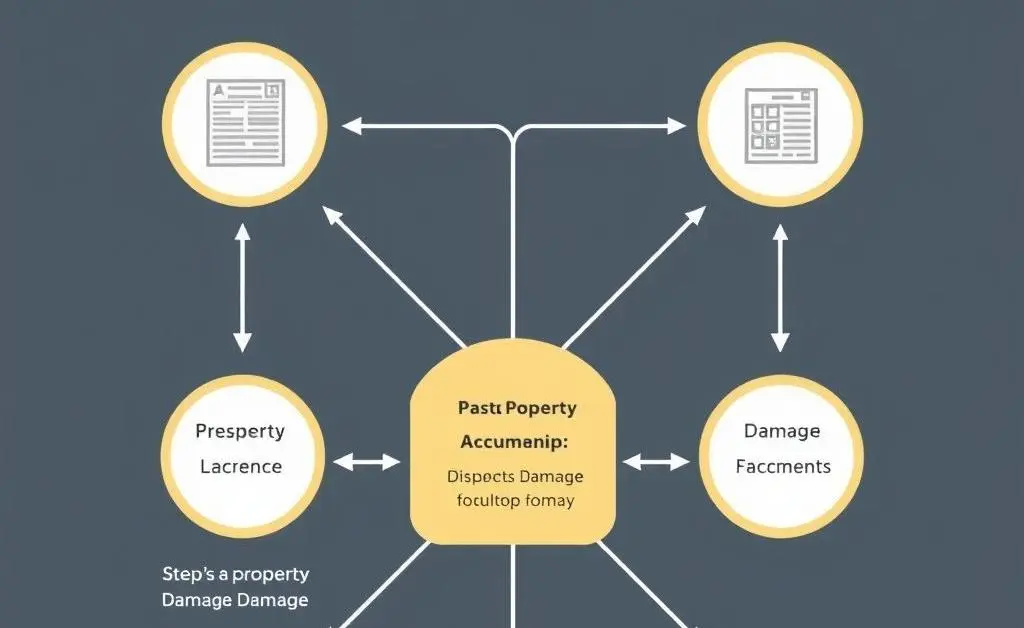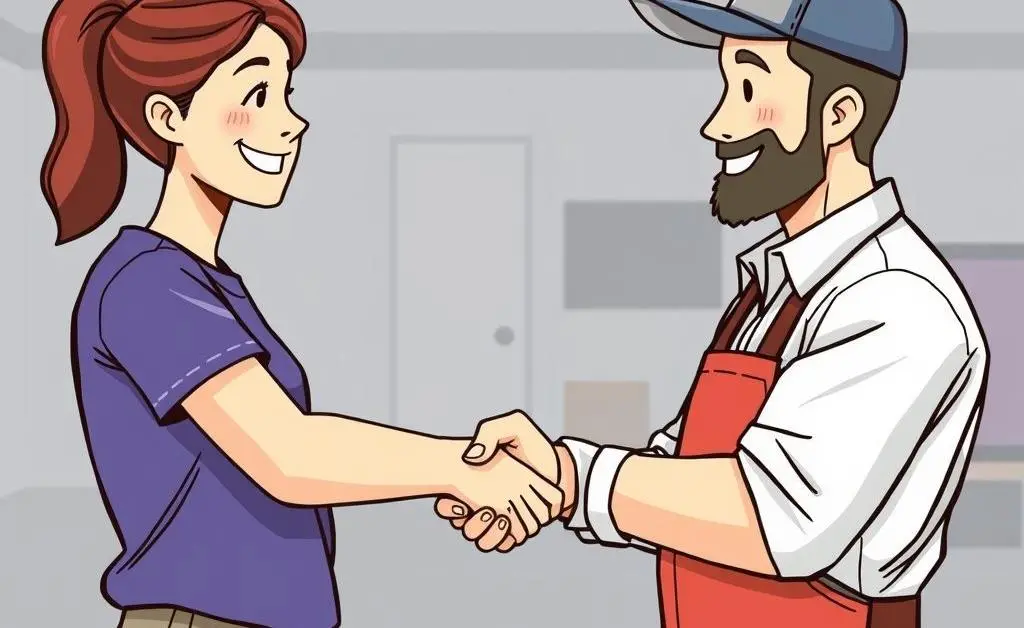Navigating Property Damage Releases: What You Need to Know
Understand the essentials of property damage releases after a car collision.

Hey there! If you’ve recently found yourself in a fender-bender and ended up rear-ended, you know what a whirlwind the aftermath can be. I've been there too, and today, I’m breaking down the mysterious creature known as the property damage release.
What Exactly is a Property Damage Release?
Imagine this: You've been in a minor car accident and now need to deal with the logistics of getting your car and your peace of mind restored. This is where the property damage release comes in.
In the simplest terms, a property damage release is a legal document you sign in exchange for the insurance company’s payout to cover your vehicle repairs. It signifies that you accept the settlement offer and agree not to pursue further claims.

Should You Sign Right Away?
Here’s the question of the hour. The quick answer is not without careful consideration. Signing means you're waiving the right to ask for more money later, even if you discover additional damages after the fact.
- Assess all damages: Ensure all vehicle damage is accounted for. Sometimes what you see isn’t what you get—hidden damages can be sneaky.
- Seek professional repair estimates: Before putting pen to paper, get estimates from a trusted mechanic or body shop.
Key Considerations Before Signing
Deciding whether or not to sign can be daunting, but here are some points to guide you:

- Finality: Know that once you sign, the matter is essentially closed.
- Consultation: It’s wise to talk to a legal expert or someone who’s been down this road before you.
- Insurance Offers: Compare what’s being offered to your repair estimates. If it doesn’t add up, hold off on signing.
Finding an Equitable Solution
For most of us, our cars are essential. This makes navigating post-accident paperwork paramount. With some due diligence, you can confidently make decisions, ensuring you're adequately compensated.

Remember, it's your right to negotiate and ensure a fair settlement. Take your time, be informed, and don’t hesitate to ask questions.
Ever had to deal with this situation? I’d love to hear how you navigated the process. Share your story or tips in the comments below!




